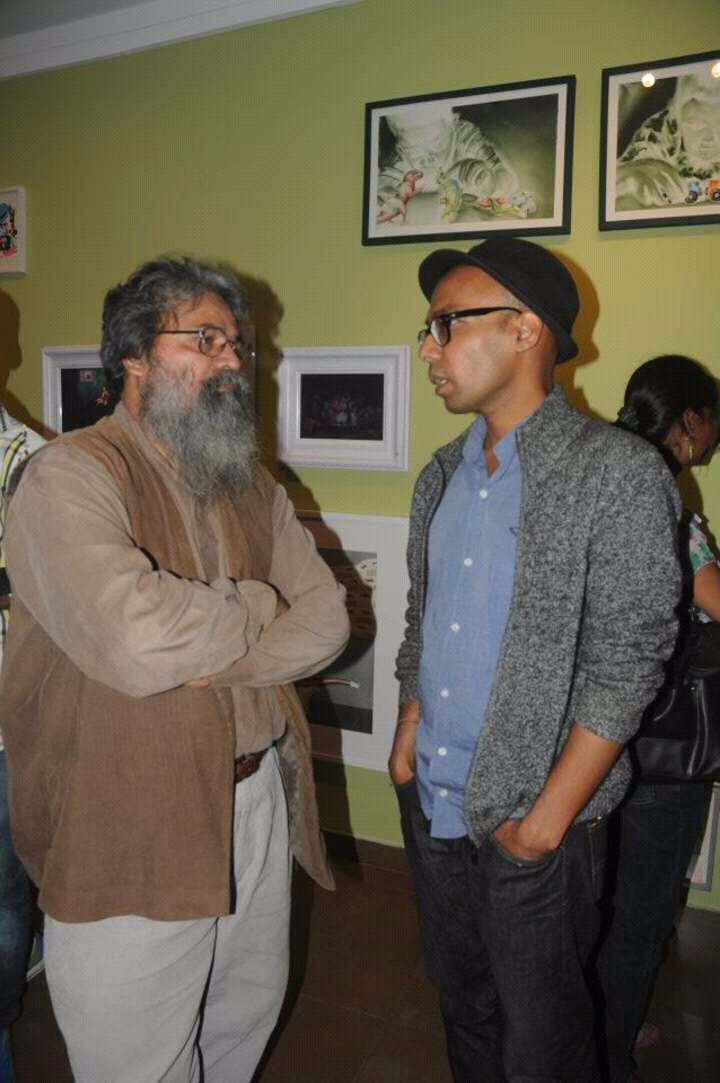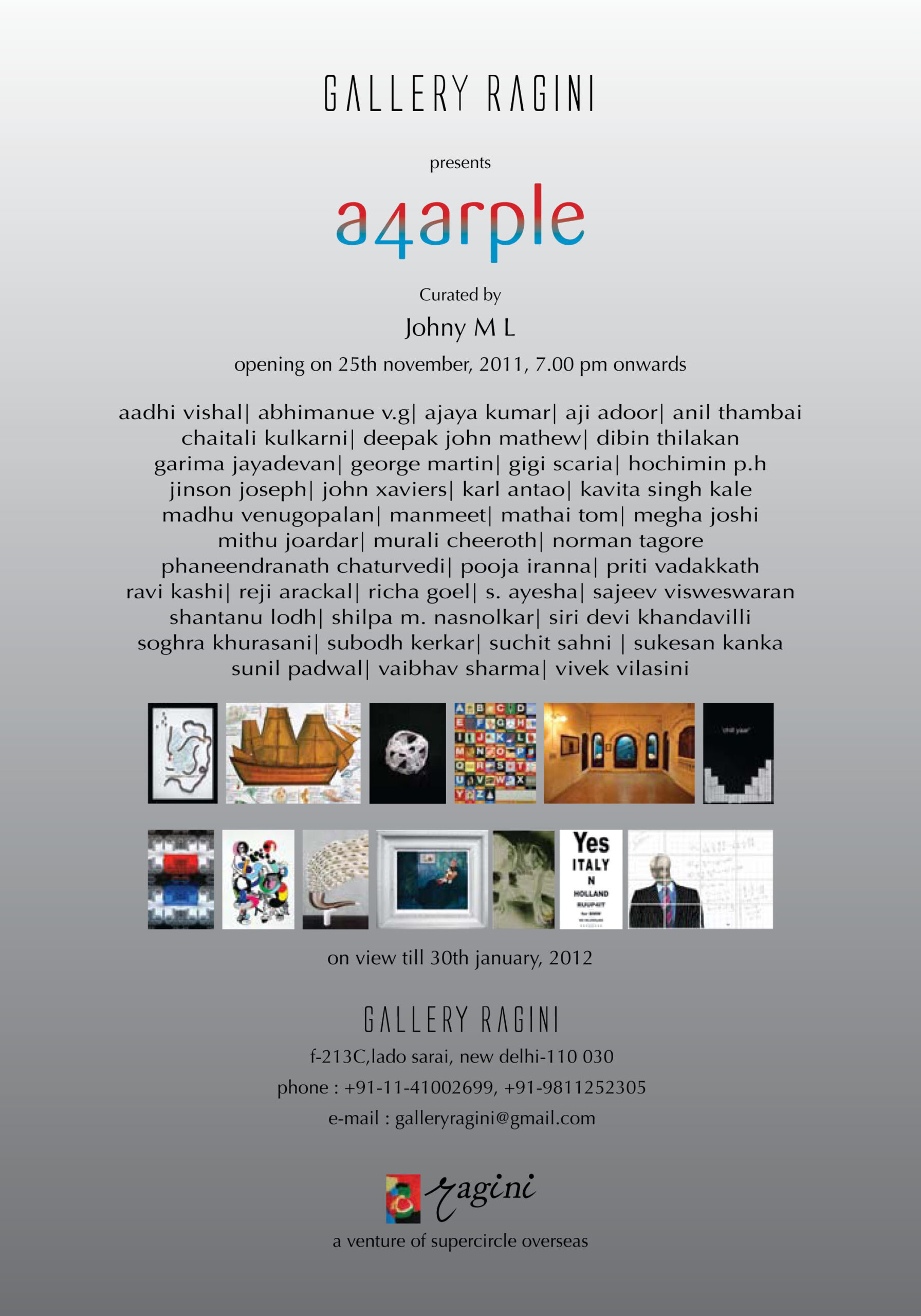It all started with a spelling mistake; rather a deliberate one. Right from our diaries to hotel menus, from text messages to emails, from FB status postings to blogs, we see spelling mistakes making quite an impressive appearance. Still we take them, entertain them, understand them and appreciate them. Till the advent of internet based communication, spelling mistakes were considered to be unpardonable sins at least in the case of linguistic purists. Spelling mistakes told the world about the ‘status’ of the one who committed it. The correctness in rendering the language was considered to be one of the parameters of judging a person. That has become an old story today.
Today we live in a world that tolerates spelling mistakes. Not only that, this world revels in spelling mistakes and this world looks inclusive and less imbalanced in terms of power distribution. In several senses spelling mistakes let the subaltern to enter the discourse of the hegemonic. True, the erstwhile ‘desi’ is today’s ‘margi’ only because the desi has gained currency in our discourses. To that end and also till that point linguistic errors look harmless and democratic. It is fun to certain extent and it also shows the changing attitude of the world population towards any kind of purism. It is good to think in this way and there is hope in spelling mistakes, in that case. However, I feel this permissibility of spelling mistakes has a larger politics and the puritans’ allowance of such errors also seems to have a hidden agenda behind it. On a linguistic level, the tolerance of errors leads to fun and the appreciation of a displaced aesthetic pleasure. But when it comes to the political fields or in the discourse of hegemony and power, the permissibility of errors becomes rather a complex ideology. This complex ideology makes use of errors and by permitting them into the common parlance, it demands larger acceptance for its policies from a larger populace. For example, bombing a civilian area for purging it of suspected criminals or terrorists is one of the militaristic remedies that the imperialist forces often resort to. After the bombing the authorities come to know that it was an ‘error’. Despite the hue and cry by the people, this ‘error’ is justified by the authorities and slowly people swallow the bitter pill as if it was quite natural.
Permissibility of errors points out distinction and the possible brand value an error could produce. As distinction is one thing that most of the people run after and distinction is a notion that is instrumental in inculcating desire amongst the consuming masses, errors look lucrative. From the personal level when it reaches to the political arena, the arrogance of hegemony becomes distinct therefore desirable. It is in this context any benevolent act loses its depth and grace while the street side arrogance gains value. From streets to world political forums we see this arrogance of distinction through the committing of multiple errors.
Precarious of signs in signifying the signified has become an accepted situation today. Even if someone says a la Rene Magritte, ‘This is not a Pipe’, we would say, ‘yes, this is not a pipe, so what?’ The normalization of errors has made the people all over the world numb and less proactive or reactive. The displacement of meaning from the sign, though it had helped the subaltern to become the mainstream and the desi to become margi, has in many levels rendered people lethargic, complacent and a-political. They take errors as distinctions and commit them foolishly only to become the victims of the political systems. Like a sign, today’s human beings too are in a precarious situation when it comes to the understanding of the meaning of their materialistic as well as spiritual lives. It is in this context ‘A 4 Arple’ comes forth as an art project. The title holds the irony and cynicism of the socio-cultural and politico-economic processes in the world. We learn in our schools, ‘A or APPLE’. Through this mass rendering we enter in a system that is supposedly committing no ‘errors’. Here by mis-spelling the same with another letter that could suggest even ‘A for Art’, multiple suggestions are given and soon we find this title becomes a part of the general talk of the art scene. And also it would be normalized soon to evoke further titles simulating the idea and feel of this show by other galleries. Nothing holds and none realizes this danger in the surreptitious entry of power games in our private lives. ‘A 4 Arple’, going by the very idea of mistakes and errors, is also a visual simulation of camouflaging. At one go, none would read it as ‘Arple’. All would take it as ‘Apple’ because we are trained to ‘read’ the visual length and breadth of a word and understand it as a word spelt rightly. But the surprise element sneaks in when on a second reading one realizes the ‘error’. But then it becomes a bit fashionable to be on the side of the error. Through this camouflaging I suggest that A 4 is the size of normal writing paper and it has become a universal standard. Even Derrida suggests that the computer revolution could not do much to this understanding about the standard size of the paper as the computer programs adopt all those words that were once a part of the ‘writing’ (by hand). Just check the tools of the Microsoft office and it will be clear. Hence, I asked the artists to work on the sizes that would emulate an A 4 size paper. Most of them have understood the idea without further explanation. Some have not. Through the simulation of this universal standard, I attempt to connect the act of writing and the notion of permissible spelling mistakes. Besides, in this project, as far as the display is concerned, I emulate a sort of Salon type of exhibition in which the works are clustered in arrangement without heeding much to the ‘breathing space’ that the works of art supposedly demand within the exhibition halls. Salon type of display was an error for the modern situations. I want to see that error once again being played out in a gallery space. And I would like to present the works in different physical/eye levels so that a viewer has to make some physical efforts to see the works. ‘A 4 Arple’ has around thirty artists. All of them have done great works though it is very difficult to delineate the qualities of each and every work in this limited space. Interestingly, the idea of ‘error’ has been treated by each artist in his or her hallmark style with nuances which would have been impossible in another work by the same artist in another context. The notion of error has helped them to dig deeper into their minds and palettes to come out with a set of exquisite works. I congratulate all the artists who have collaborated with me in the production of this show. Also my thanks are due to Nidhi Jain, director of Gallery Ragini for producing this show without any doubts on the curatorial idea suggested by me almost a year back. I welcome you to enjoy the show.
Group show curated by
JohnyML
Venue – Gallery Ragini, New Delhi
Date- 25th November 2011 to 30th January 2012


































































